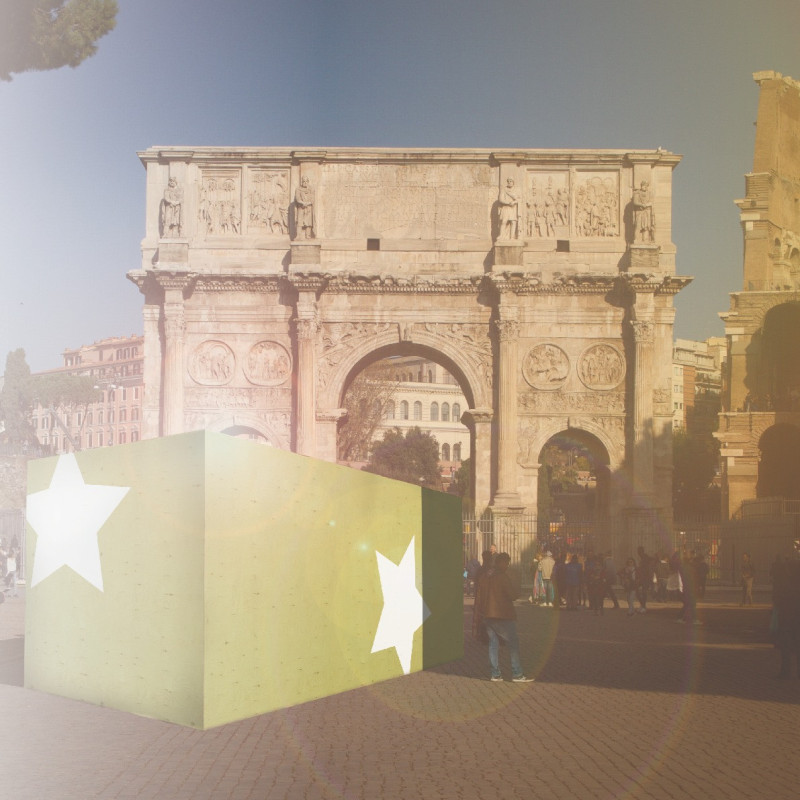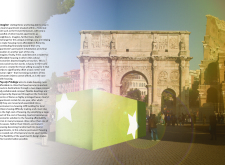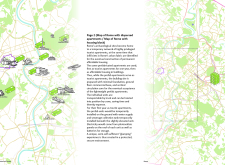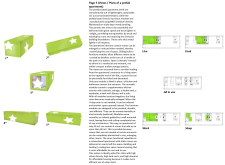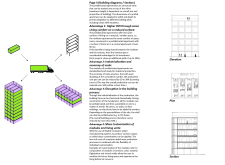5 key facts about this project
Pop-Up Privilege is an innovative design addressing the challenges of tourism and housing affordability in Rome. Located near significant historical landmarks such as the Forum Romanum, the project provides upscale accommodations for visitors while offering lasting housing solutions for local residents. This thoughtful integration of luxury and community needs shapes a model where tourism can be part of the solution to current housing issues.
Design Strategy
The project employs a two-stage approach using prefabricated compact dwellings. Initially, these units function as high-end rentals for tourists for one year. After this period, they are relocated and reassembled into permanent co-housing units for residents. This method allows for a financial model where the revenue generated from tourism helps fund local housing initiatives.
Adaptability
At the heart of the design is the adaptability of the units. Each prefabricated module is designed for easy transport and assembly, making relocation straightforward. The interiors are equipped with movable components, allowing residents to modify room layouts according to their needs. This ability to change configurations helps optimize space usage, making small living areas more functional and personalized.
Material Selection
Materials play a key role in the overall design. Cross-laminated timber is used for the prefabricated apartment structures, offering a combination of lightness and strength. This enhances mobility during construction and relocation. Additionally, medium density fiberboard is utilized for interior furniture modules, providing practical and flexible solutions for various living scenarios.
Sustainability Features
A strong focus on sustainability informs the design of each unit. Essential services such as water supply and sewage systems are carefully integrated beneath the slightly elevated apartments. Photovoltaic panels contribute to energy needs, promoting self-sufficiency and reducing environmental impact. This attention to resource management supports the aim of creating a more sustainable urban living experience.
The design fosters an environment where temporary luxury can coexist with affordable living. Movable furniture modules enhance personal expression and adaptability within shared spaces, contributing to a practical and engaging urban life. Each element comes together to support a vision of balanced development in a city rich in history and culture.


